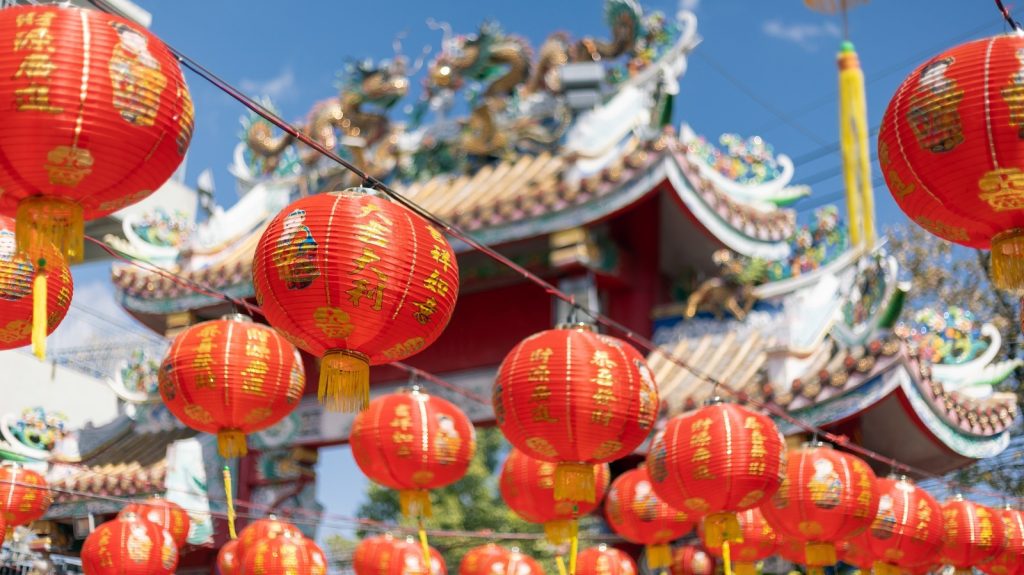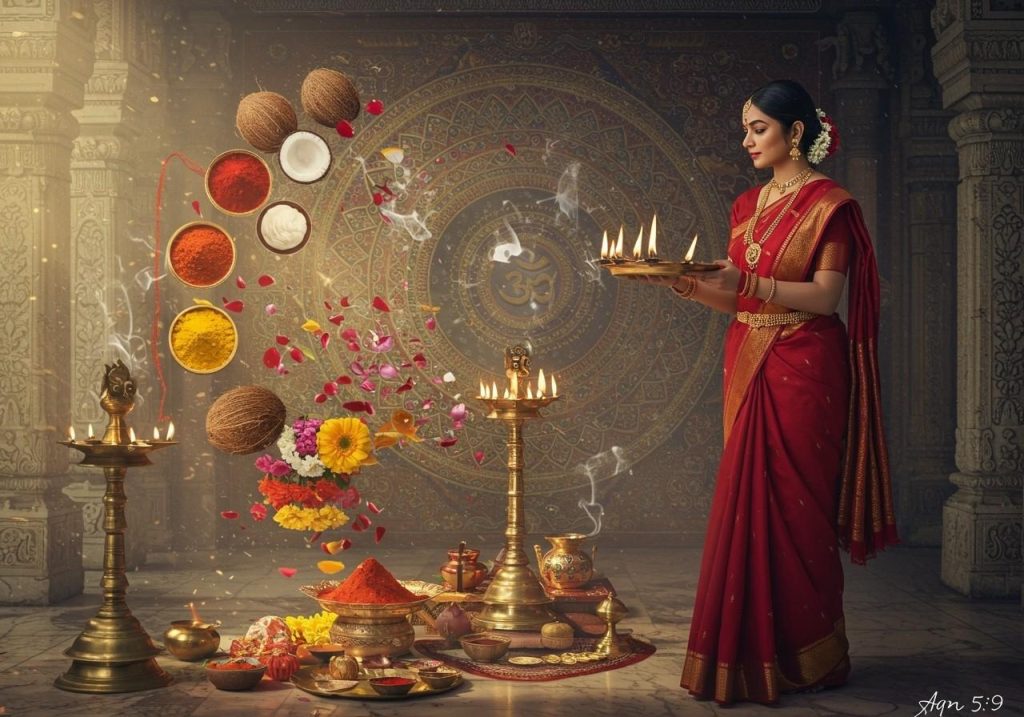Heritage Alive: Exploring Singapore’s Multicultural Traditions
Singapore is not just a global financial hub or a futuristic cityscape filled with skyscrapers—it is also a vibrant cultural mosaic where age-old traditions thrive alongside modern life. Known as the “Lion City,” Singapore beautifully blends its Chinese, Malay, Indian, and Peranakan heritage, creating a multicultural harmony that makes it one of the most unique travel destinations in Asia.
For travelers looking to go beyond shopping malls and iconic attractions like Marina Bay Sands, diving into Singapore’s cultural roots offers a more authentic experience. If you’re planning a trip with a Singapore tour package from Delhi, understanding its traditions will enrich your journey even more.

The Essence of Multicultural Singapore
Singapore’s diversity stems from its history as a bustling port city, attracting migrants from China, India, and the Malay Archipelago. Over centuries, these communities contributed their languages, customs, cuisines, and festivals, creating a harmonious society. Today, nearly every cultural expression—from food to religion and daily etiquette—reflects this coexistence.
Chinese Traditions: Lanterns, Tea, and Harmony
The Chinese community forms the largest ethnic group in Singapore, and their traditions shape much of the island’s cultural identity.
- Chinese New Year is celebrated with dragon dances, lanterns, and delicious dishes like yu sheng (prosperity toss salad). Families come together, and Chinatown bursts into vibrant color.
- Tea ceremonies are an important cultural symbol of respect, often performed at weddings.
- Buddhist and Taoist temples, like the Buddha Tooth Relic Temple, showcase intricate rituals that attract both worshippers and visitors.
These traditions remind travelers of the importance of family unity, respect for ancestors, and community togetherness.

Malay Traditions: Warmth, Hospitality, and Festive Joy
The Malay community is deeply rooted in Singapore’s heritage. Their traditions emphasize warmth, respect, and strong family ties.
- Hari Raya Puasa (Eid al-Fitr) is a highlight, with homes opening up for feasts and the streets of Geylang Serai decorated with lights.
- Traditional music, like kompang drumming, and dances such as joget, are performed during weddings and festivals.
- Malay cuisine, from nasi lemak to satay, carries flavors of coconut, spices, and smoky grilling that make it unforgettable.
Malay traditions are best experienced at cultural enclaves like Kampong Glam, where the Sultan Mosque stands as a symbol of heritage.

Indian Traditions: Colors, Rituals, and Spiritual Strength
Singapore’s Indian community, primarily Tamil, has infused the island with vibrant festivals, spirituality, and cuisine.
- Deepavali (Festival of Lights) transforms Little India into a dazzling wonderland of lamps, floral garlands, and sweets.
- Thaipusam is one of the most spiritual festivals, where devotees carry elaborate kavadis as acts of devotion.
- Indian classical dance forms like Bharatanatyam and music traditions add artistic depth to Singapore’s cultural fabric.
A walk through Little India reveals colorful temples like Sri Veeramakaliamman, bustling markets, and spice-filled eateries.

Peranakan Traditions: A Blend of East and West
The Peranakan community, descendants of Chinese immigrants who settled in the Malay archipelago and married locals, represents a unique cultural blend.
- Their fashion, especially the ornate kebaya with beaded slippers, is iconic.
- Cuisine like laksa, ayam buah keluak, and kueh (traditional sweets) reflects a fusion of Chinese ingredients with Malay spices.
- Peranakan houses in Katong and Joo Chiat, with pastel-colored facades and intricate tiles, offer a visual glimpse into this heritage.
The Peranakan Museum in Singapore is a must-visit for travelers interested in this distinctive culture.
Shared Celebrations: Festivals That Unite
What makes Singapore stand out is not just the diversity of traditions, but the way its people celebrate them together. Festivals are embraced by everyone, regardless of ethnicity.
- National Day sees citizens from all backgrounds come together in a patriotic display.
- During Chinese New Year, Malay and Indian families often join the celebrations, while Deepavali lights attract visitors from all walks of life.
- Even the Mid-Autumn Festival, with mooncakes and lantern parades, is enjoyed by the entire city.
This inclusive approach has built a society where traditions don’t just coexist—they thrive collectively.
Food as a Cultural Bridge
One cannot discuss Singapore’s heritage without mentioning food. Declared a UNESCO Intangible Cultural Heritage, hawker culture represents the multicultural spirit. At a single hawker centre, you can taste Malay nasi padang, Indian roti prata, Chinese dim sum, and Peranakan laksa—all under one roof.
Food is more than just a meal here; it is an expression of heritage, family bonding, and cultural pride.
Where to Experience Singapore’s Traditions
For travelers eager to immerse themselves:
- Chinatown – For Chinese temples, markets, and festive parades.
- Little India – For temples, colorful streets, and Deepavali celebrations.
- Kampong Glam – For Malay history, the Sultan Mosque, and traditional crafts.
- Katong/Joo Chiat – For Peranakan culture and pastel shophouses.
Walking through these neighborhoods feels like stepping into different worlds, yet all tied together by Singapore’s shared identity.
Final Thoughts: A Heritage Alive
Singapore’s traditions are not locked in history—they are alive, evolving, and embraced by new generations. This cultural richness is what makes the city more than just a modern metropolis. Whether you’re visiting temples, joining festive parades, or simply tasting food at a hawker centre, you’ll experience a living heritage that connects past and present.
So, when you plan your next adventure with a Singapore tour package from Delhi, don’t just explore the skyline—dive into the heart of its traditions. That’s where the true spirit of Singapore lives.
